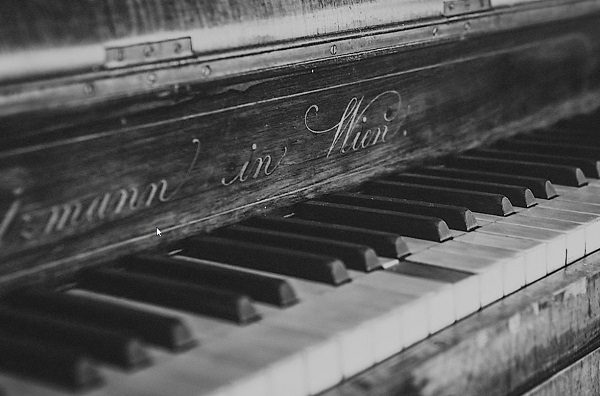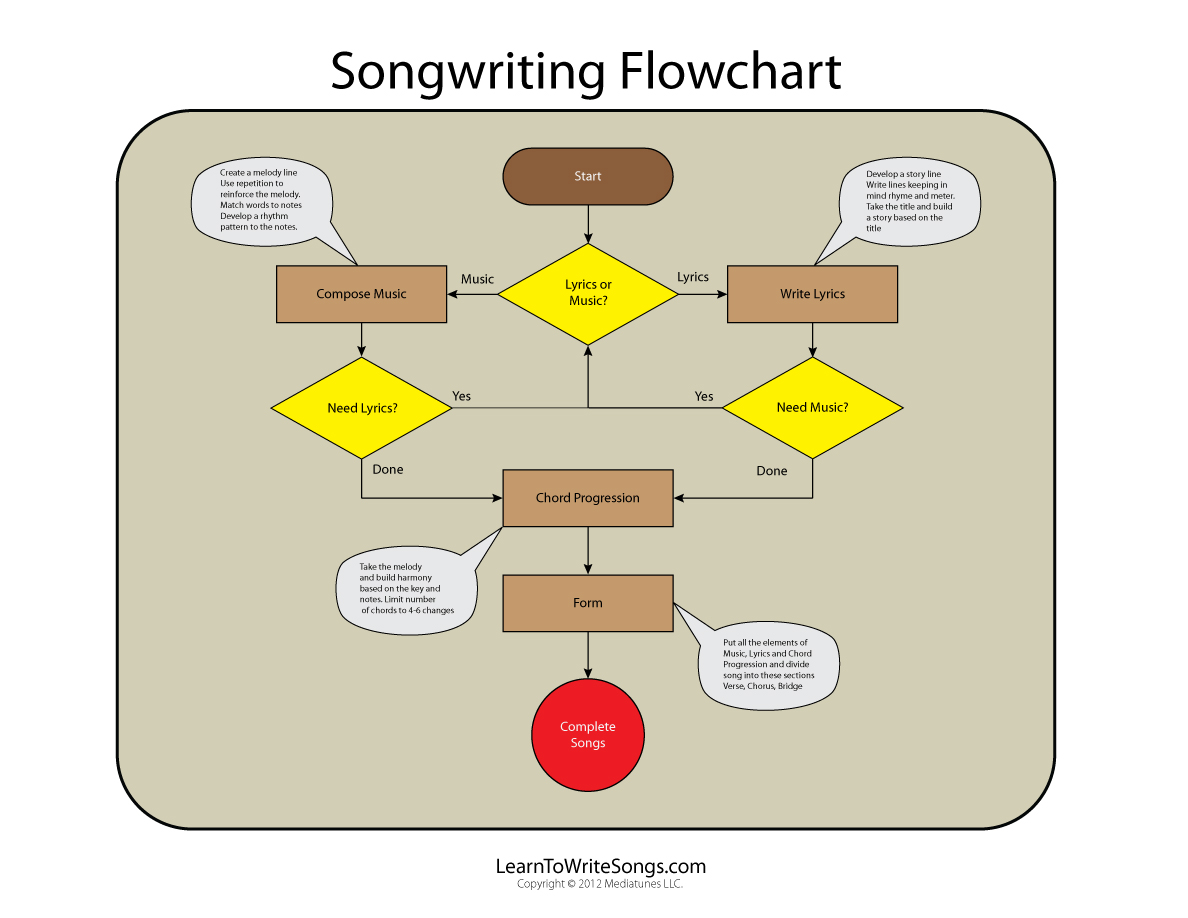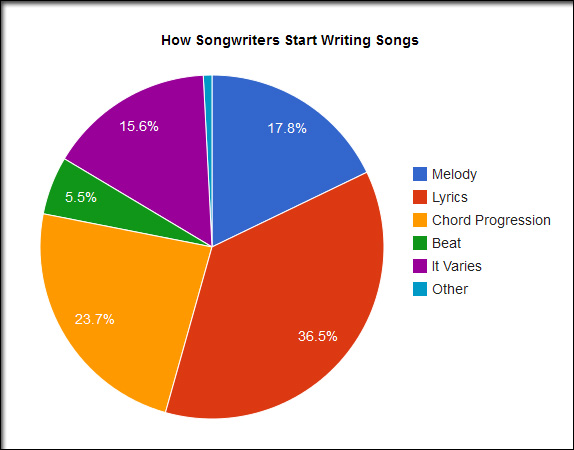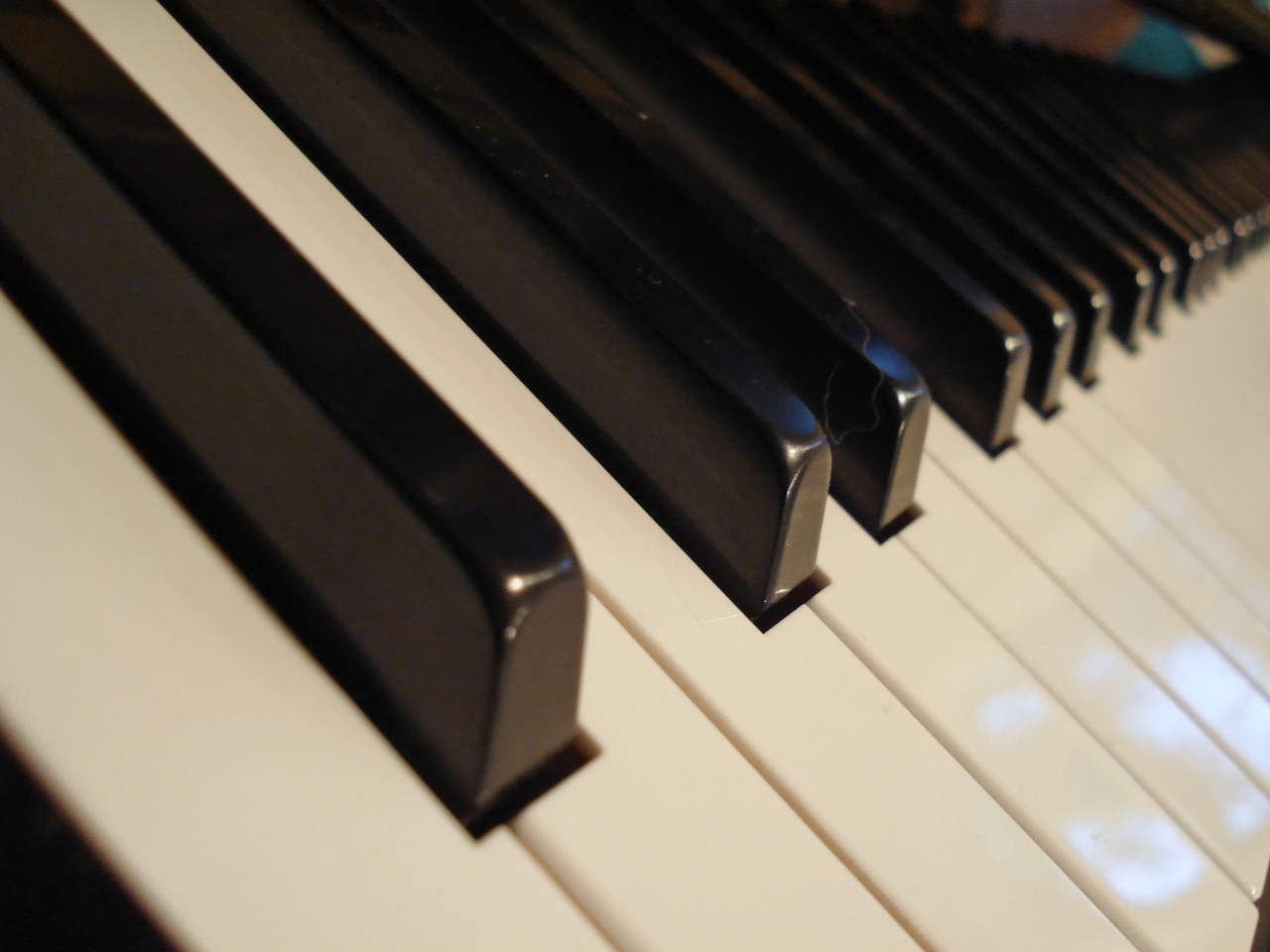9 Tips How to Write Songs on the Piano

 This is a question that has been asked by almost every pianist. If you play the piano, you can write a piano composition, too. All you need is some theory, creativity and inspiration. Different songwriters have different strategies of writing. In addition, if you are looking for one universal way how to write songs on the piano, we must disappoint you. But we offer you a piece of practical advice how to do it, and you can pick up what is the most natural for you. Make your dream come true!
This is a question that has been asked by almost every pianist. If you play the piano, you can write a piano composition, too. All you need is some theory, creativity and inspiration. Different songwriters have different strategies of writing. In addition, if you are looking for one universal way how to write songs on the piano, we must disappoint you. But we offer you a piece of practical advice how to do it, and you can pick up what is the most natural for you. Make your dream come true!
1. Go to your Piano
At first, you need a piano, a pen, a sheet of paper and some playing skills. I also recommend you stay alone while writing so that nobody can disturb you.
Concentrate on melody, which is humming in your head. Start to play chords on the piano to find the melody you want. Many popular songs use three basic chords: the I, IV and V chords. The root chord is good for the end of the song.
2. Get Creative
Be creative and turn on your imagination. Use different chord progressions.
3. Find a Key
It is important to choose the key of the song. It is the scale that your tune will be based on. Begin with C major for instance. It is the easiest scale to work with. Remember, your first melodies should be simple. Try to avoid complicated rhythms.
4. Create a Chord Progression
Play a chord progression and match it to a song. Do it in the key you have chosen before and find a correct rhythm. Then take the notes in your chords, play them slowly, so you can write every note of a melody.
5. Write a Melody
Play your melody around the piano many times. Try to do some variations, change it slightly: add the bass, play it an octave higher or lower, add some new notes and change the articulation of them. Build the melody around the chord progression you created.
6. Add Words to the Melody
Write lyrics to your song. Think on the theme of your lyrics. Maybe, you want to write a love song? Then lyrics will help you to express your feelings and emotions better.
7. Structure a Song Form
Every song has a structure. It usually contains a chorus, a verse and maybe a bridge (a little change). Here are the most common patterns:
Pattern 1:
- – Melody established
- Chorus
- Bridge
- Melody
- Chorus
- Bridge
- Change up
- Chorus to End.
Pattern 2:
- Intro to set the mood
- Melody
- Chorus
- Melody established
- Chorus
- Change up
- Chorus
- Melody (octave higher) to end.
Fine Tune and Revise
Don’t be afraid to make mistakes as you create your song. It’s a part of the process. Besides, mistakes can lead you to some new interesting chords.
Don’t give up! Write Songs!
Remember, the more you practice, the better prepared you will be to creating new songs. There are a few different methods that you can use to write songs on the piano, and once you will find out, which is the most natural for you and gives you the satisfaction.
Now you know how to write a song on the piano, and your own composition is ready!






Leave a Reply